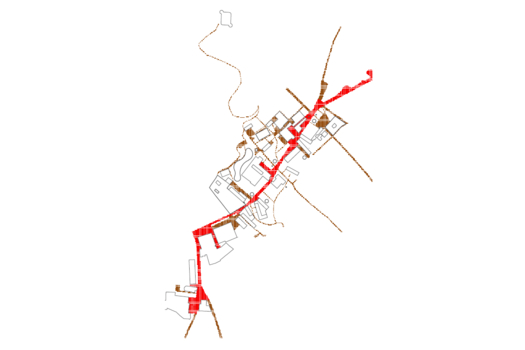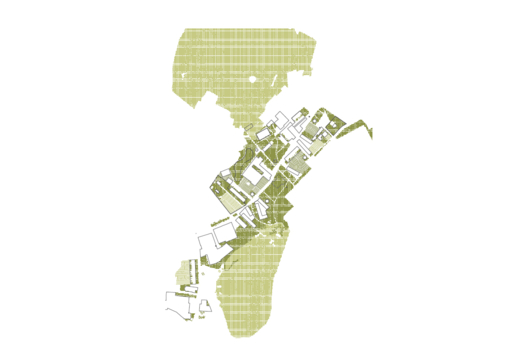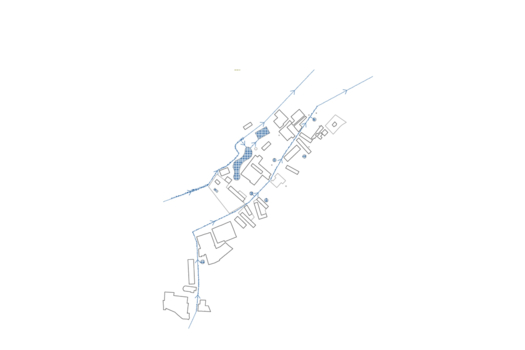Breezeblocks
Alzira (ES) - Special mention
 J. Maravilla, E. Sanchis, S. Llobregat and A. Olivares.
J. Maravilla, E. Sanchis, S. Llobregat and A. Olivares.
TEAM PORTRAIT
INTERVIEW
Click on the images to enlarge
1. How did you form the team for the competition?
The team is made up of four young architects from two different generations of the València School of Architecture (UPV). We met in academic and professional environments and we share a common interest in addressing the current territorial issues, with a focus on sustainability, social integration and landscape recovery of deteriorated ecosystems. All this led us to join forces to face Europan 16 together in our region's location: Alzira.
2. How do you define the main issue of your project, and how did you answer on this session main topic, Living cities?
In the case of Alzira, last century's urban growth had defined a dense city that turned its back on its natural and productive environment and isolated the peripheral neighbourhoods of Torretxó and La Alquerieta, where a great deal of social conflict has arisen. All this, understanding the session topic, led us to define the main objective of our project: to connect all the areas through a dynamic and resilient urban model that integrates all the inhabitants in its management, with a comprehensive strategy that goes beyond merely constructing dwellings in the delimited area.
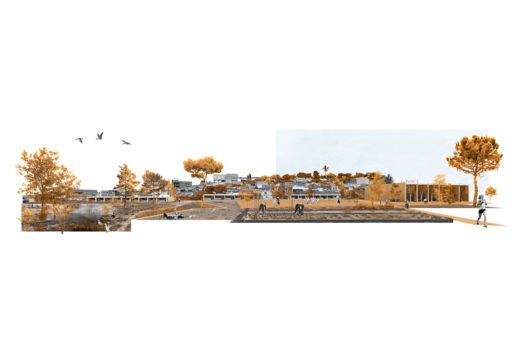
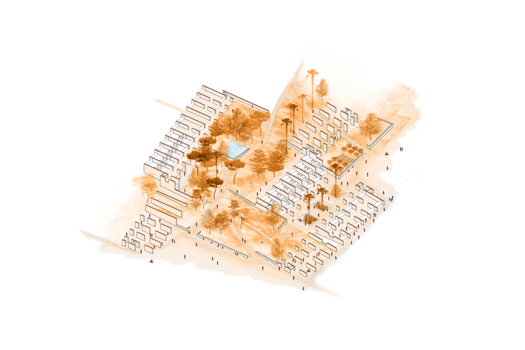
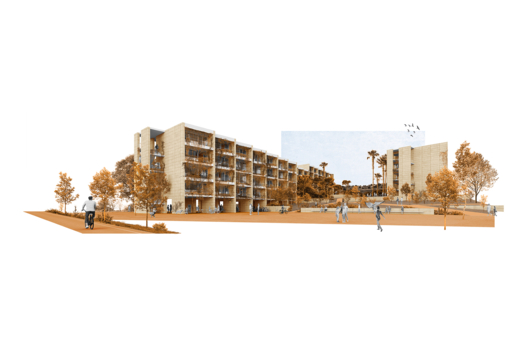
Regarding metabolic vitalities, our proposal aimed to overcome city-nature opposition, introducing green vectors into the city and completing its green ring. To this end, we aimed to renaturalise the area, integrating different ecosystems with residential and cultural spaces in a unit that addresses water and energy needs and moves towards covering material and food needs through self-sufficiency, circular economy and food sovereignty. Regarding inclusive vitalities, we wanted to integrate Torretxó and La Alquerieta into Alzira's future. In particular, the proposal aims to emphasise the social integration of La Alquerieta and involve all its inhabitants in the process of renaturalisation of the area. Therefore, the area of action is expanded to integrate the urban area of La Alquerieta, and it is proposed to carry out a micro-planning that makes the neighbourhood more permeable and open to its surroundings, while at the same time improves the quality of life by replacing substandard housing and incorporating new units that help to blur its border.
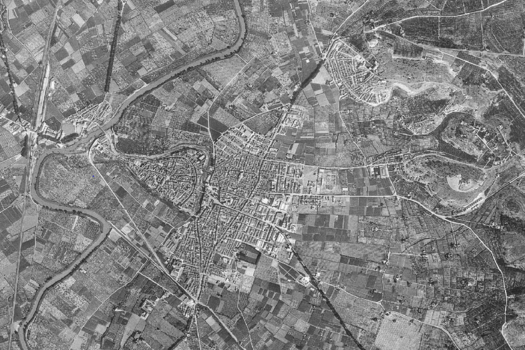
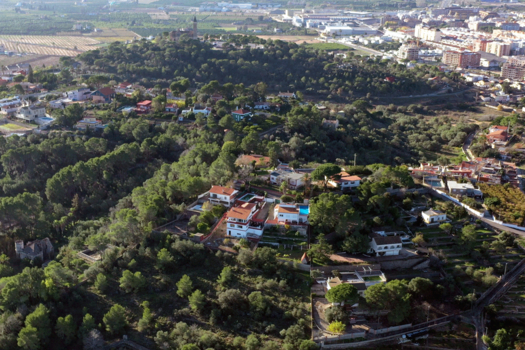
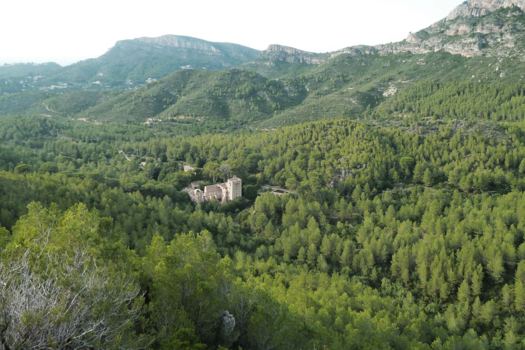
Most of the topics that appear in this issue, such as the revitalisation of abandoned areas, energy and water cycle management or flexibility and mixed uses in residential buildings, were previously developed by us on a smaller scale. On an urban scale, all team members have individually developed the main issues of revitalisation, renaturalisation and social integration in our Final Degree Projects at Taller 4 of València School of Architecture (UPV). Mediterranean vernacular architecture, as well as different landscape projects developed in similar locations in recent years, some of them from previous editions of Europan, have served us as a reference for the conception of this project. Specifically, the strategy of involving the community in the construction of the project with compressed earth blocks from the site was observed in the construction of a library in the Raval neighbourhood of Algemesí, a town next to Alzira. This process helped to create a sense of belonging in the community that encouraged a better use of the building.
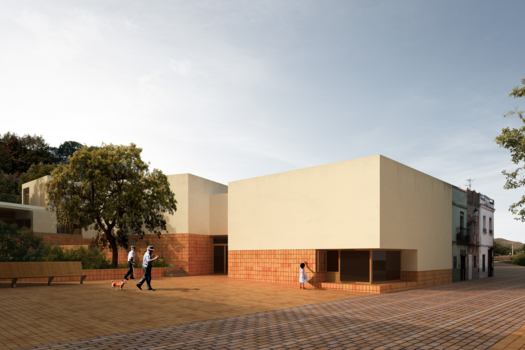
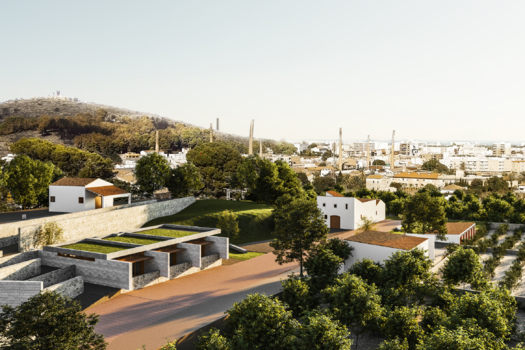
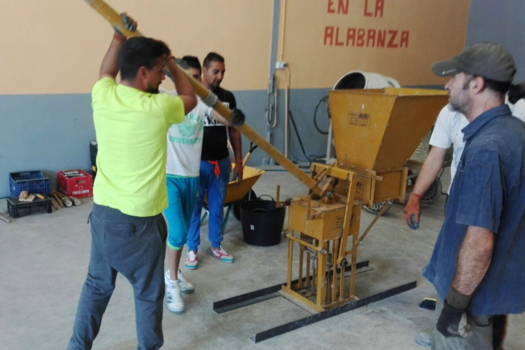
We have planned an implementation process divided into different phases (periods of 5 years) in all the elements that shape our proposal. Both the renaturation processes, such as the application of a sustainable mobility plan, the appearance of new hydric strategies or productive and social management have been conceived to be implemented progressively. Even the construction of the new dwellings. This logic has been important to us, precisely because of what it means to implement a proposal of these magnitudes, taking into account dialogue and joint work with the administration. This not only adds verisimilitude to the project, but also allows several of its aspects to be executed in parallel. In this way, the city has a greater capacity for change, a more loose margin for maneuver, that is as a last resort, a greater governance for citizens who will be able to tilt any variation of the project according to the urban and social needs they will have anytime.
6. Is it the first time you have been awarded a prize at Europan? How could this help you in your professional career?
Yes, it is the first time that we have been awarded a Special Mention at Europan. First of all, the participation in Europan 16 Alzira has entailed a deep and enriching learning after an exhaustive analysis of the territory and the people that inhabit Alzira. We are aware of the opportunities and weaknesses that this place offers. With this, the proposal is born from this approach to the site and integrates the natural-rural and social environment to the city, restoring the character that precedes it. Secondly, obtaining the award implies a first approach with the administration, where the ideas and strategies described in the project can be carried out at various scales; territorial, urban and building or new construction.
TEAM IDENTITY
Office: -
Function: architecture
Average age of the associates: 25 years old
Has your team, together or separately, already conceived or implemented some projects and/or won any competition? if yes, which ones?
Currently Esther and Álvaro ( graduated in 2018) and Sergio and Joan (graduated in 2020-2021) are developing small-scale projects in the area of València. Throughout our career we have been awarded in the following competitions:
2021: Third Prize. Library for UNED Alzira-Valencia. Public Competition. (Esther, Álvaro) 2021: Second Prize. Youth Center in Les Coves de Vinromà. Public Competition. (Esther, Álvaro)
2021: Finalist. Viccarbe Awards. (Sergio)
2020: Second Prize. Foios Town Hall Extension. Public Competition. (Esther, Álvaro)
2020: First Prize. Gastronomic Center at Château de la Tour d’Aigues. Prix W
2020. (Esther, Álvaro) 2020: Honorable Mention (Gold). Ghost Town Refuge. Young Architects Competitions. (Sergio, Joan)
2019: Second Prize. Public School in La Pobla Llarga. Public Competition. (Esther, Álvaro)
2018: First Prize. Locker Rooms at Eva Perón Park. Hispalyt. (Esther, Álvaro) 2018: Honorable Mention (Gold). Art Prison. Young Architects Competitions. (Sergio) 2018: Honorable Mention. Site Memorial. ArkxSite. (Sergio, Joan)
2017: Honorable Mention. Site Theatre. ArkxSite. (Sergio, Joan) 2016: Second Prize. Lighthouse Sea Hotel. Young Architects Competitions. (Esther, Álvaro)
2015: First Prize. Outdoor Furniture Design Contest. GandiaBlasco. (Esther, Álvaro)
2015: First Prize. Site Lake Baths. ArkxSite. (Esther, Álvaro)
